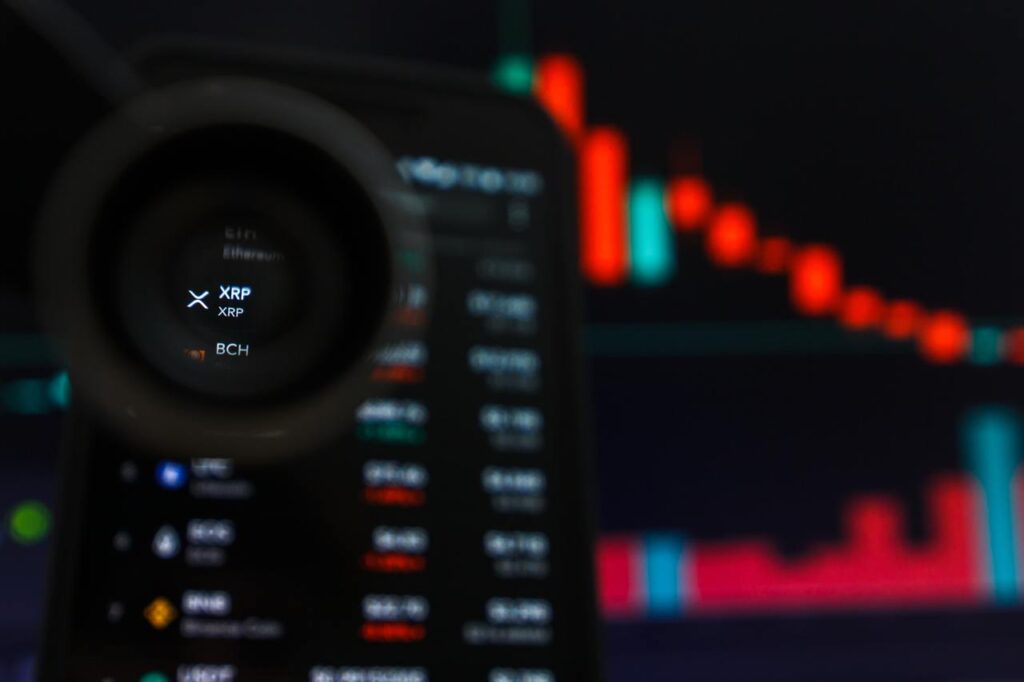A sudden dip in market prices can send ripples across the financial landscape, capturing the attention of both seasoned investors and market newcomers. Recently, XRP experienced a notable decline, sparking discussions about the implications of current economic policies on the volatile cryptocurrency market. Understanding the broader impact requires an examination of recent events, technical market dynamics, and the potential for future recovery based on institutional movements.
XRP Price Drop: Analysis and Future Prospects
The recent downturn in XRP prices came in the wake of global economic tensions, notably fueled by the introduction of new tariffs by the U.S. administration. As financial markets worldwide reacted, XRP’s value slipped below the critical $3 mark, a psychological threshold, prompting significant market activity and wiping billions off its market capitalization.
The Macroeconomic Impact
U.S. imposed tariffs brought about a wave of uncertainty, not just affecting traditional equities but also the cryptocurrency sphere. XRP’s plummet, from an intraday peak of $3.16 to a low of $2.92, vividly illustrates the interconnectedness of global economic policies and digital currency valuations. The swift change in market capitalization, down by $13 billion, indicates a robust reaction spurred by macroeconomic stress and profit-taking after recent price surges.
Volume and Market Reaction
The trading volume of XRP surged to $8.1 billion, marking a 24% increase. This high volume signifies that the decline was not just a random shift but rather a panic-driven sell-off, underscoring the strength of market conviction during the downturn.
Ripple’s Institutional Engagements
Amid the bearish trend, Ripple is making strides in institutional engagement. BlackRock’s Director of Digital Assets, Maxwell Stein, is scheduled to speak at Ripple’s SWELL 2025 conference in London. This development fuels speculation about potential ventures such as an XRP exchange-traded fund (ETF), suggesting that institutional interest might bolster future XRP prospects.
Is Ripple’s Institutional Involvement a Game Changer?
Institutional interest often heralds increased stability and potential growth for cryptocurrencies. If Ripple continues to secure regulatory approvals and expand partnerships, the current dip might present a lucrative entry point for investors.
Looking Ahead: Can XRP Rebound?
The crucial question remains whether XRP can return to, and maintain, the $3 threshold. Upcoming events like Ripple’s token unlock and the SWELL conference in October could serve as catalysts for a recovery in price and investor sentiment.
FAQs on XRP’s Market Position and Future
How do global economic policies affect cryptocurrency markets like XRP?
Global economic policies, particularly those concerning trade and tariffs, create ripple effects across financial markets, including cryptocurrencies. These policies can induce volatility by altering investor confidence and market liquidity, as evidenced by XRP’s recent price action.
What role do psychological price levels play in cryptocurrency trading?
Psychological price levels, such as round numbers like $3 for XRP, act as key support or resistance points. They often trigger increased trading activity and can influence market sentiment, either reinforcing trends or accelerating reversals.
Could Ripple’s partnerships lead to long-term growth for XRP?
Strategic partnerships and institutional endorsements could indeed pave the way for sustainable growth. If Ripple successfully aligns its regulatory efforts with growing institutional interest, XRP might witness heightened adoption and stability.
In conclusion, while the current market scenario presents challenges, Ripple’s initiatives and the prospect of institutional collaborations might unlock new growth avenues for XRP. Investors and traders should closely monitor these developments to make informed decisions.

